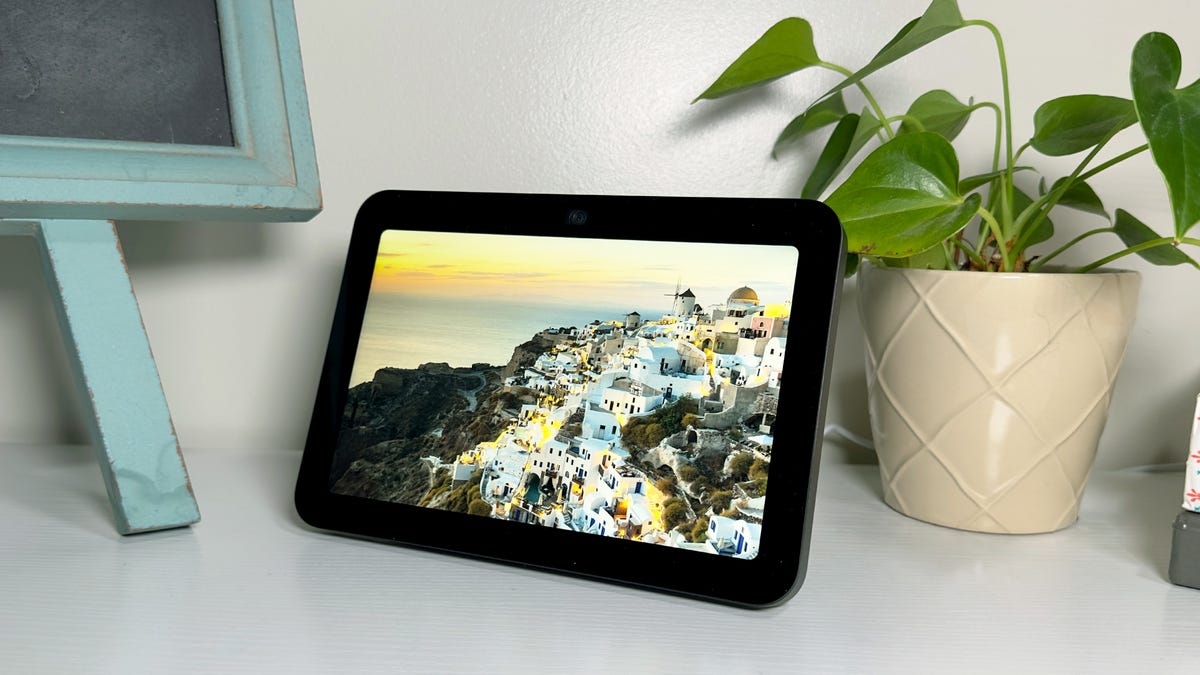BOOK THIS SPACE FOR AD
ARTICLE AD
Forget foldable. Have you ever felt like your display wasn't stretchy enough?
Whether you've asked for that or not, LG is providing it. In an announcement this week, the company introduced what it's calling the world's first stretchable display capable of expanding up to 50% of its original 12-inch size.
Also: The best foldable phones: Expert tested and reviewed
A stretchable display isn't exactly new, as LG previously debuted a prototype in 2022. But that one only had a 20% elongation rate, less than half of the newest one. In addition, the latest prototype uses micro-LEDs (enabling the display to be stretched more than 10,000 times without compromising image quality), a special silicon substrate similar to that in contact lenses, and a new wiring design structure.
The design improvement led to increased elasticity as well as full red, green, and blue (RGB) color at a high resolution of 100ppi (pixels per inch).
If you're wondering what the point of being able to contort your screen is, LG points out that a display like this isn't just thin and lightweight, but it can adhere to irregular surfaces like clothing and skin. Your display could essentially stretch, fold, and twist into any shape. Several industries could apply this technology, LG says, from fashion to mobility to wearables (like Motorola's bendable phone prototype).
The company showed off a concept of an automotive panel that stretches out into a curved touchscreen and a wearable display for firefighters' uniforms that provides real-time information.
Also: Raspberry Pi is getting a new touchscreen display - and I love the upgrades
Given that this is just a prototype, it could still be quite a while before this device makes its way to the public. Even when it does, it won't be a standalone product, but incorporated into other technology. Still, it's an interesting look at what could be.
.png)
 1 week ago
15
1 week ago
15 














 Bengali (Bangladesh) ·
Bengali (Bangladesh) ·  English (United States) ·
English (United States) ·